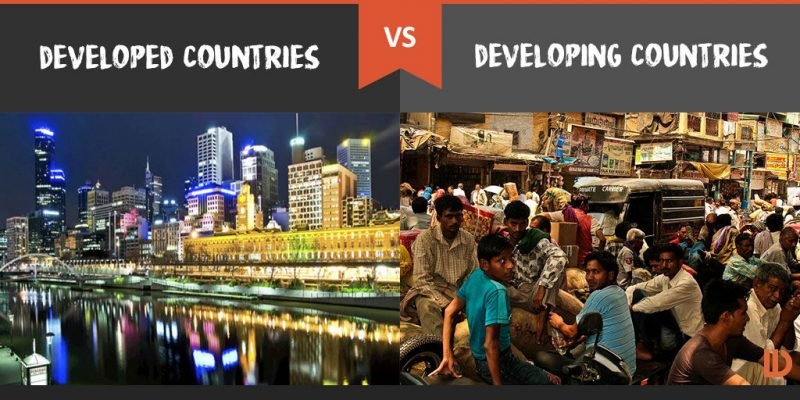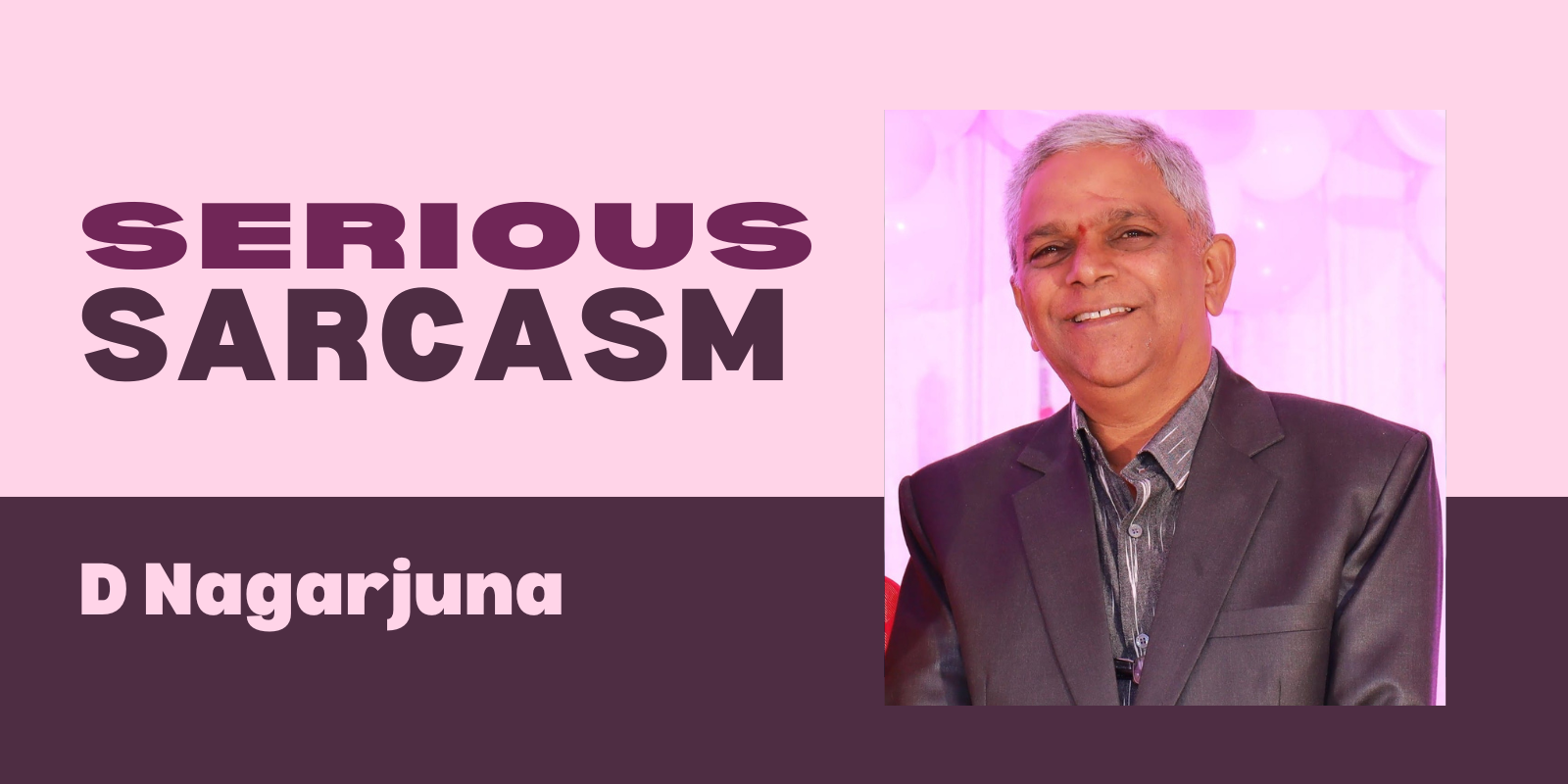Is the wheel of development turning a full circle? Are the so-called developed nations now confronting a dead end, while developing and underdeveloped countries prepare for their turn to rise?
Look across Europe — from the UK to Germany, France to the Nordic states — and the picture is increasingly bleak. Demographic shifts are being blamed for the turmoil, but the unchecked influx of immigrants, both legal and illegal, appears to be the real strain.
The same story unfolds in the United States, Canada, Australia, and even Japan. These countries, once the envy of the world, now seem caught between the devil and the deep sea. Historically, they needed people — first to rebuild after two World Wars, later to power their booming economies and technological revolutions. They welcomed immigrants with open arms, confident that the newcomers would fuel their progress.
And for decades, they did. In the 1980s, 1990s, and early 2000s, Indians and others who arrived in the West found abundant opportunities. The demand for “brain capital” from India multiplied, turning IIT graduates and skilled professionals into millionaires and tech pioneers. By the 2000s, with the Internet shrinking the world into a global village, these countries were firmly steering global progress.
Then the cracks began to appear. Demographically, the so-called “Muslim bomb” — the rapid rise in Islamic populations across the West — became a politically charged issue. Whether myth or reality, open assertions in parts of England, Finland, and elsewhere about demographic dominance triggered alarm bells. When numbers begin to define identity rather than humanity, social equilibrium begins to crumble.

Meanwhile, the economic structure itself began to strain. Naturalized citizens eyed Green Card holders warily, permanent residents distrusted H-1B visa workers, and the latter viewed newcomers as rivals ready to undercut them for lower pay. The result was a hierarchy of insecurity. Even highly qualified immigrants began accepting menial jobs — positions they would have shunned in their own countries — preferring hardship abroad to uncertainty back home.
By 2020, native populations across developed countries began feeling the heat. Rising pressure on social systems, public services, and job markets created resentment. Yet governments could not act decisively. Liberal democracies, bound by human rights and political correctness, hesitated to draw hard lines. Immigrants, having become key voting blocs, turned into political currency for parties desperate to win or retain power.
This paradox is now the West’s greatest dilemma: it cannot thrive without immigrants, yet it cannot accommodate unlimited inflows without fracturing social harmony. Expelling them would stall economies; retaining them risks social unrest. The result is a political and cultural stalemate — nations hanging between inclusion and exclusion.
Even within these tensions, reality on the ground often differs from the media narrative. During my four months in Australia, moving through Perth, Sydney, and Brisbane, I found no signs of the chaos often portrayed. Using public transport, walking long distances, or participating in the Sydney Marathon, I witnessed efficient management and calm coexistence — proof that good governance can balance conflicting pressures when handled sensibly.
Still, the unease is unmistakable. Australia, like other developed countries, faces a delicate balancing act: welcoming migrants to sustain its workforce without compromising the quality of life of its own citizens.
Every advanced nation today faces its own version of the age-old dilemma — which came first, the chicken or the egg? The next five years will be decisive. Developed nations must master the art of the trapeze — balancing immigrant integration with native protection. Both sides need each other, but the equilibrium will demand unprecedented foresight, firmness, and political courage.





